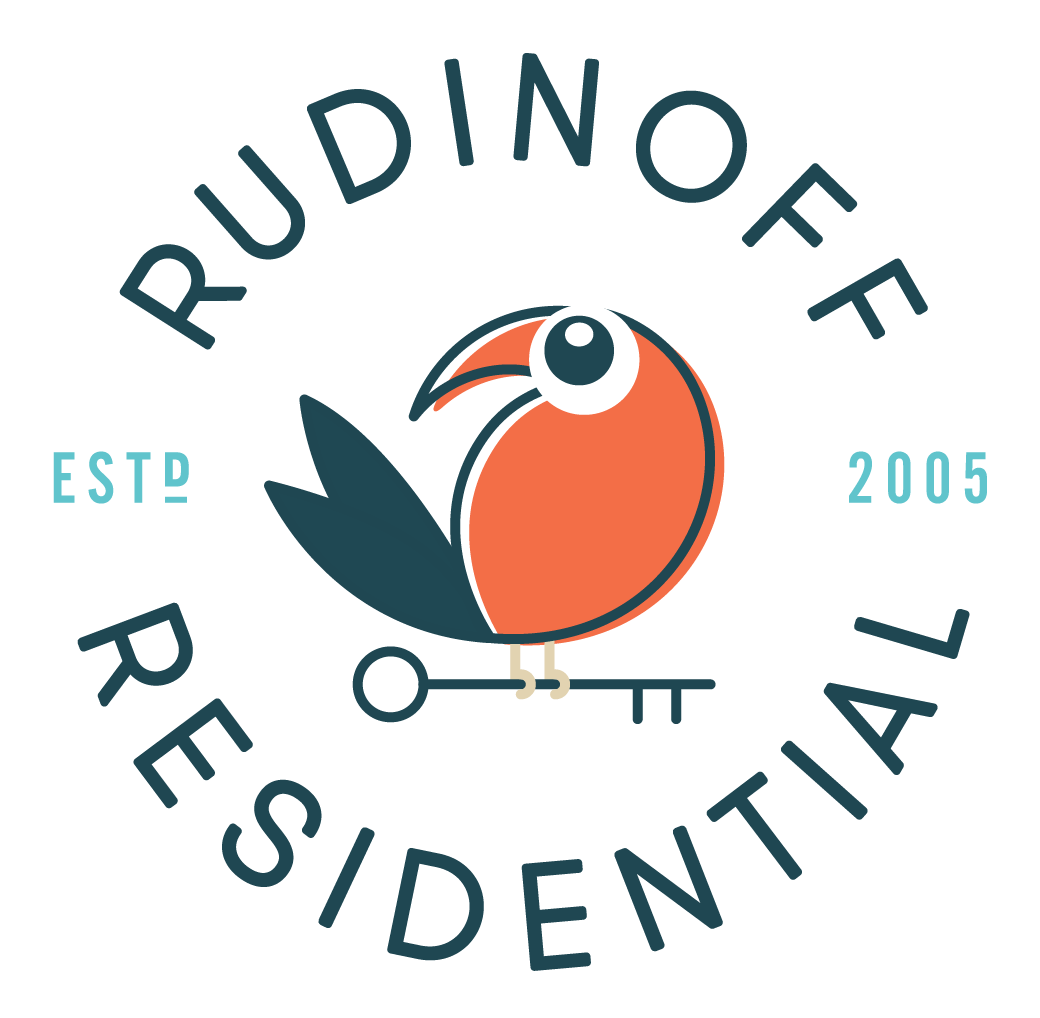Death by Decor: 5 Telltale Signs a Design Trend Is All but Over
How do you tell if a design trend is on point or on its way out? According to Realtor.com there are five very easy ways to figure it out.
Take sliding barn doors, for example. A few years back, they were all the rage. By 2017, they were ubiquitous. And now? Now they’re just worn-out. The same might be said for other recent hall-of-fame fads such as Edison bulbs, succulents, and Mason jars.
So how can you tell a decor trend’s on the outs? For starters:
1. It’s all over HGTV
Call it the Chip and Joanna Gaines effect: When a trend’s in constant rotation on home improvement shows, you know it’s probably not long for this world.
“I know a trend is heading toward life support when I see it in mass market retail or it’s become ubiquitous on HGTV,” says Susan Matthews, a Realtor® with Carolina One Real Estate, in Mount Pleasant, SC. After all, she says, “These shows are filmed months in advance.”
Terence Michael, who (fascinatingly) works as both a mortgage broker and a TV and film producer in Los Angeles, couldn’t agree more: “Suddenly my set dressers want everything to be gold and brass and navy blue,” he says. But by the time the show actually airs, a previously current trend like that combo will be so yesterday.
2. It’s in all the catalogs
Love that reclaimed wood-meets-industrial look, but unsure if it’ll still be in style next season? For another clue that a design trend is on its last legs, just check your mailbox.
“When all the catalogs in your mailbox feature the same trend, you know the trend is dying a slow but comfortable death,” says Lance Marrs, a broker at Living Room Realty, in Portland, OR.
3. It’s permeated the big-box chains
Experts are quite unanimous on this one: When a trend’s filtered down to Target, Lowe’s, or Ross, you know it’s nearing the end.
For example, “I knew white subway tile was on the outs when it became the least expensive option at Home Depot,” says Justin Riordan, principal at Spade and Archer. (Ditto that for “anything Tuscan,” Harmon says, which she says is a mainstay of home improvement stores.)
Their take? If you can buy it alongside your toilet paper and La Croix, it’s probably no longer really on trend.
4. The price plummets
When a trend’s been there, done that, you’ll see it displayed en masse at discount retailers, Harmon says.
These closeout businesses do “opportunity buys,” Harmon says, meaning they’ll purchase a lot of product at a time because it’s been sitting unsold in a designer’s warehouse for some time.
“If the designer could sell the product at market to retailers full price, trust me, they would,” Harmon says.
5. It shows up beyond interior decor
When a trendy pattern such as the chevron or pineapples starts cropping up in multiple media (think home decor and clothing and office supplies), “it’s a sign of death,” Harmon says.
“It’s been selling well for a while so big retailers are splattering it on everything,” she says. “As soon as it’s done blowing up, it’s over.”
In reality, of course, trends do last longer than a single season.
“Every season, magazines want what’s new, but most people don’t shop that way,” Scott notes.
In fact, even the experts agree that following trends can be unsustainable; once everyone freaks out about, say, charcoal and eggplant, the pendulum swings back to light and bright. And then there’s the obvious: Changing up your home decor to follow every of-the-moment design whim can be exhausting and expensive.
Perhaps the best real-life advice, according to Realtor.com? Find a style you like, stick to it, and freshen it up when you get bored.



